Handling imbalanced datasets in machine learning is a difficult challenge, and can include topics such as payment fraud, diagnosing cancer or disease, and even cyber security attacks. What all of these have in…



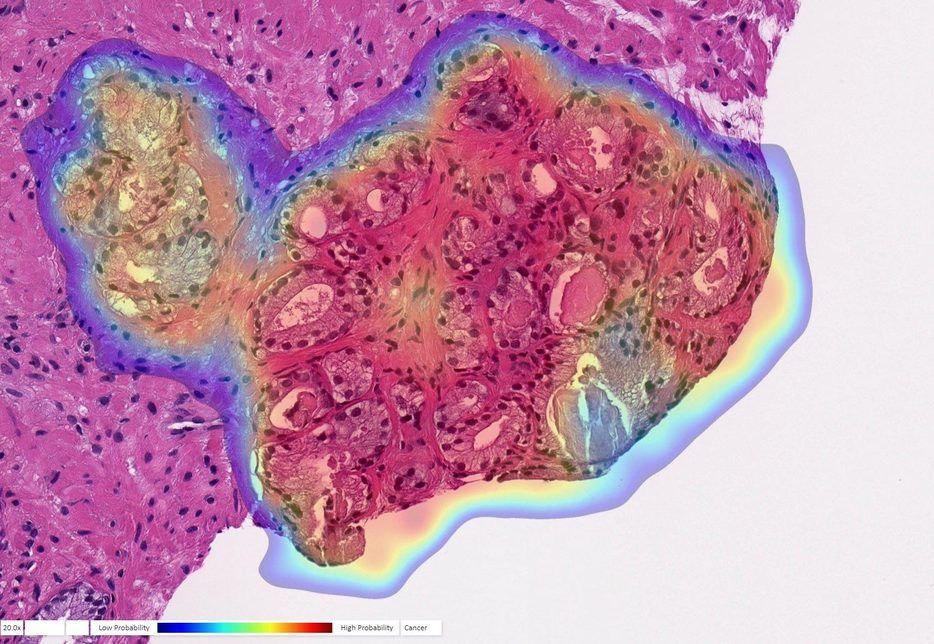
A study published today (July 27, 2020) in The Lancet Digital Health by UPMC and University of Pittsburgh researchers demonstrates the highest accuracy to date in recognizing and characterizing prostate cancer using an artificial intelligence (AI) program.
“Humans are good at recognizing anomalies, but they have their own biases or past experience,” said senior author Rajiv Dhir, M.D., M.B.A., chief pathologist and vice chair of pathology at UPMC Shadyside and professor of biomedical informatics at Pitt. “Machines are detached from the whole story. There’s definitely an element of standardizing care.”
To train the AI to recognize prostate cancer, Dhir and his colleagues provided images from more than a million parts of stained tissue slides taken from patient biopsies. Each image was labeled by expert pathologists to teach the AI how to discriminate between healthy and abnormal tissue. The algorithm was then tested on a separate set of 1,600 slides taken from 100 consecutive patients seen at UPMC for suspected prostate cancer.
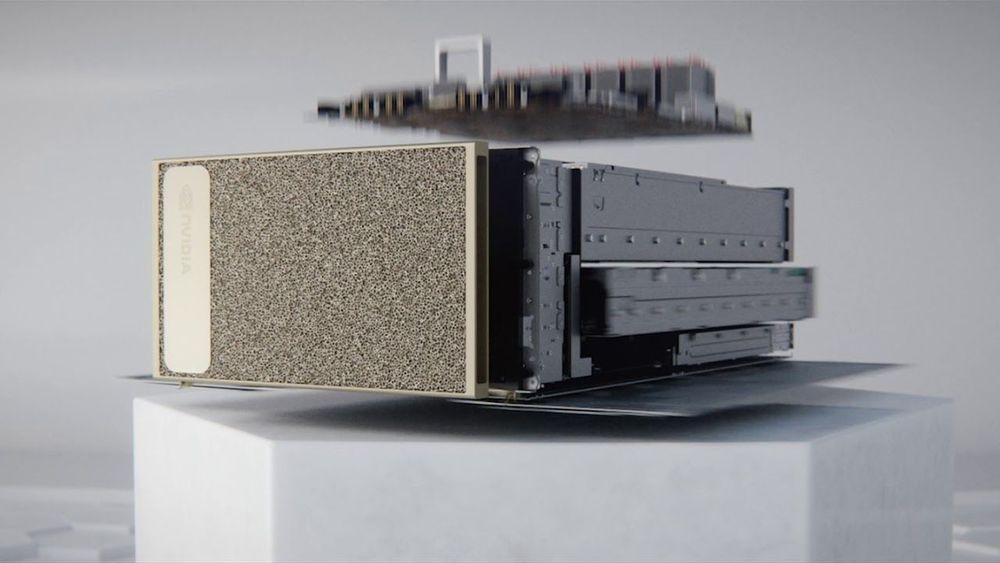
As the world edges closer towards exascale computing, the University of Florida has announced a partnership with chipmaker NVIDIA that aims to create a 700-petaflop AI supercomputer next year.
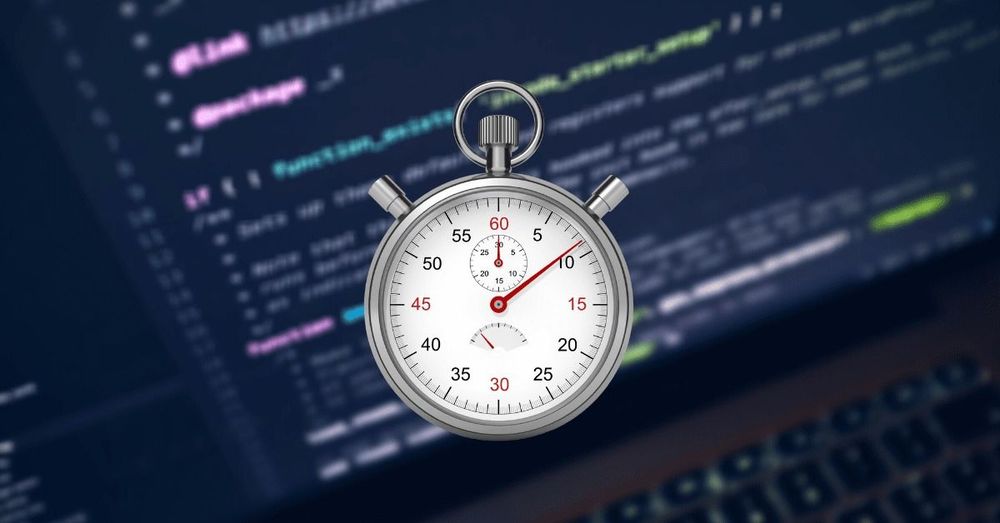
So, you’ve seen some amazing GPT-3 demos on Twitter (if not, where have you been?). This mega machine learning model, created by OpenAI, can write it’s own op-eds, poems, articles, and even working code:
If you want to try out GPT-3 today, you’ll need to apply to be whitelisted by OpenAI. But the applications of this model seem endless – you could ostensibly use it to query a SQL database in plain English, automatically comment code, automatically generate code, write trendy article headlines, write viral Tweets, and a whole lot more.
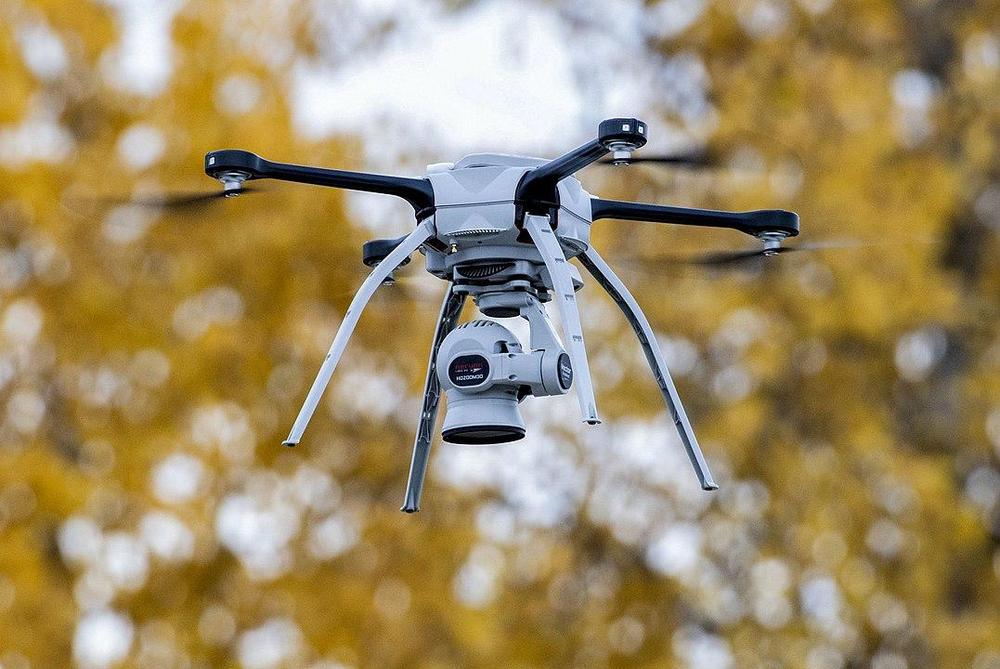
StartX startup Buzz Solutions out of Stanford, California just introduced its AI solution to help utilities quickly spot powerline and grid faults so repairs can be made before wildfires start.
Their unique platform uses AI and machine vision technology to analyze millions of images of powerlines and towers from drones, helicopters, and aircraft to find dangerous faults and flaws as well as overgrown vegetation, in and around the grid infrastructure to help utilities identify problem areas and repair them before a fire starts.
This system can do the analysis at half the cost and in a fraction of the time compared to humans, hours to days not months to years.
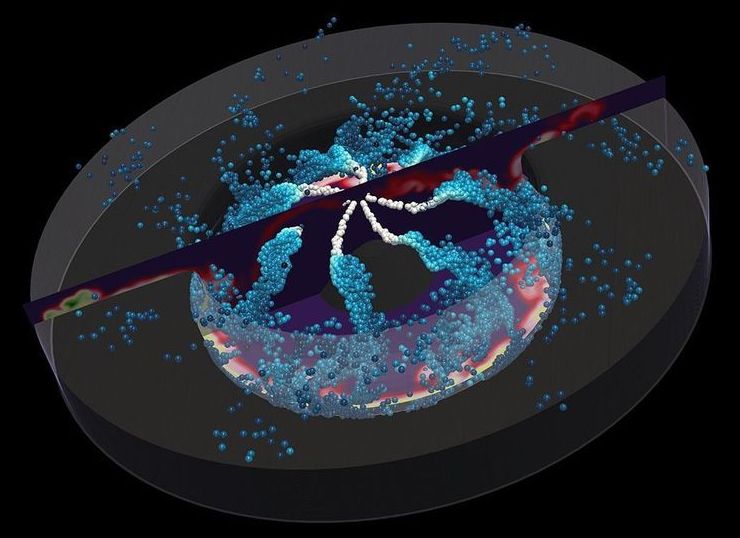
“‘Aurora will enable us to explore new frontiers in artificial intelligence and machine learning,’ said Narayanan ‘Bobby’ Kasthuri, assistant professor of neurobiology at the University of Chicago and researcher at Argonne. ‘This will be the first time scientists have had a machine powerful enough to match the kind of computations the brain can do.’”
Super computer Aurora will help map the human brain at “quintillion—or one billion billion—calculations per second, 50 times quicker than today’s most powerful supercomputers.”
Note: the article discusses implications beyond neuroscience.
Argonne, DOE and Intel announce exascale computer built for next-generation AI and machine learning.

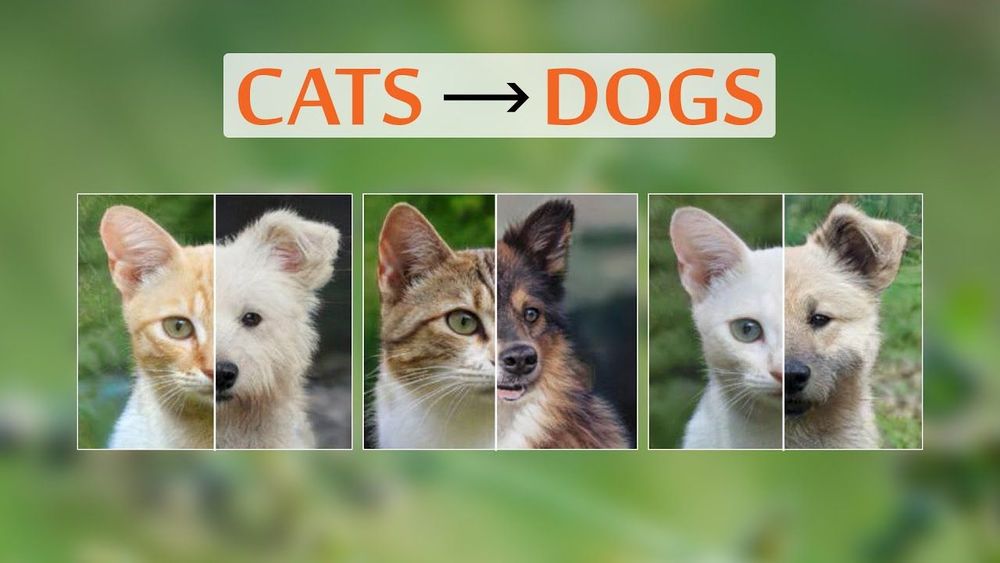
❤️ Check out Weights & Biases and sign up for a free demo here: https://www.wandb.com/papers
Their instrumentation of this paper is available here:
https://app.wandb.ai/stacey/stargan/reports/Cute-Animals-and-Post-Modern-Style-Transfer%3A-Stargan-V2-for-Multi-Domain-Image-Synthesis—VmlldzoxNzcwODQ
📝 The paper “StarGAN v2: Diverse Image Synthesis for Multiple Domains” is available here:
- Paper: https://arxiv.org/abs/1912.01865
- Code: https://github.com/clovaai/stargan-v2
- Youtube Video: https://youtu.be/0EVh5Ki4dIY
The paper with the latent space material synthesis is available here:
🙏 We would like to thank our generous Patreon supporters who make Two Minute Papers possible:
Aleksandr Mashrabov, Alex Haro, Alex Paden, Andrew Melnychuk, Angelos Evripiotis, Benji Rabhan, Bruno Mikuš, Bryan Learn, Christian Ahlin, Daniel Hasegan, Eric Haddad, Eric Martel, Gordon Child, Javier Bustamante, Lorin Atzberger, Lukas Biewald, Michael Albrecht, Nikhil Velpanur, Owen Campbell-Moore, Owen Skarpness, Ramsey Elbasheer, Robin Graham, Steef, Sunil Kim, Taras Bobrovytsky, Thomas Krcmar, Torsten Reil, Tybie Fitzhugh.
More info if you would like to appear here: https://www.patreon.com/TwoMinutePapers
Károly Zsolnai-Fehér’s links:
Instagram: https://www.instagram.com/twominutepapers/
Twitter: https://twitter.com/twominutepapers
Web: https://cg.tuwien.ac.at/~zsolnai/

Microsoft has partnered with scores of police surveillance vendors who run their products on a “Government Cloud” supplied by the company’s Azure division and that it is pushing platforms to wire police field operations, including drones, robots.
Microsoft helps police surveil and patrol communities through its own offerings and a network of partnerships — while its PR efforts obscure this.